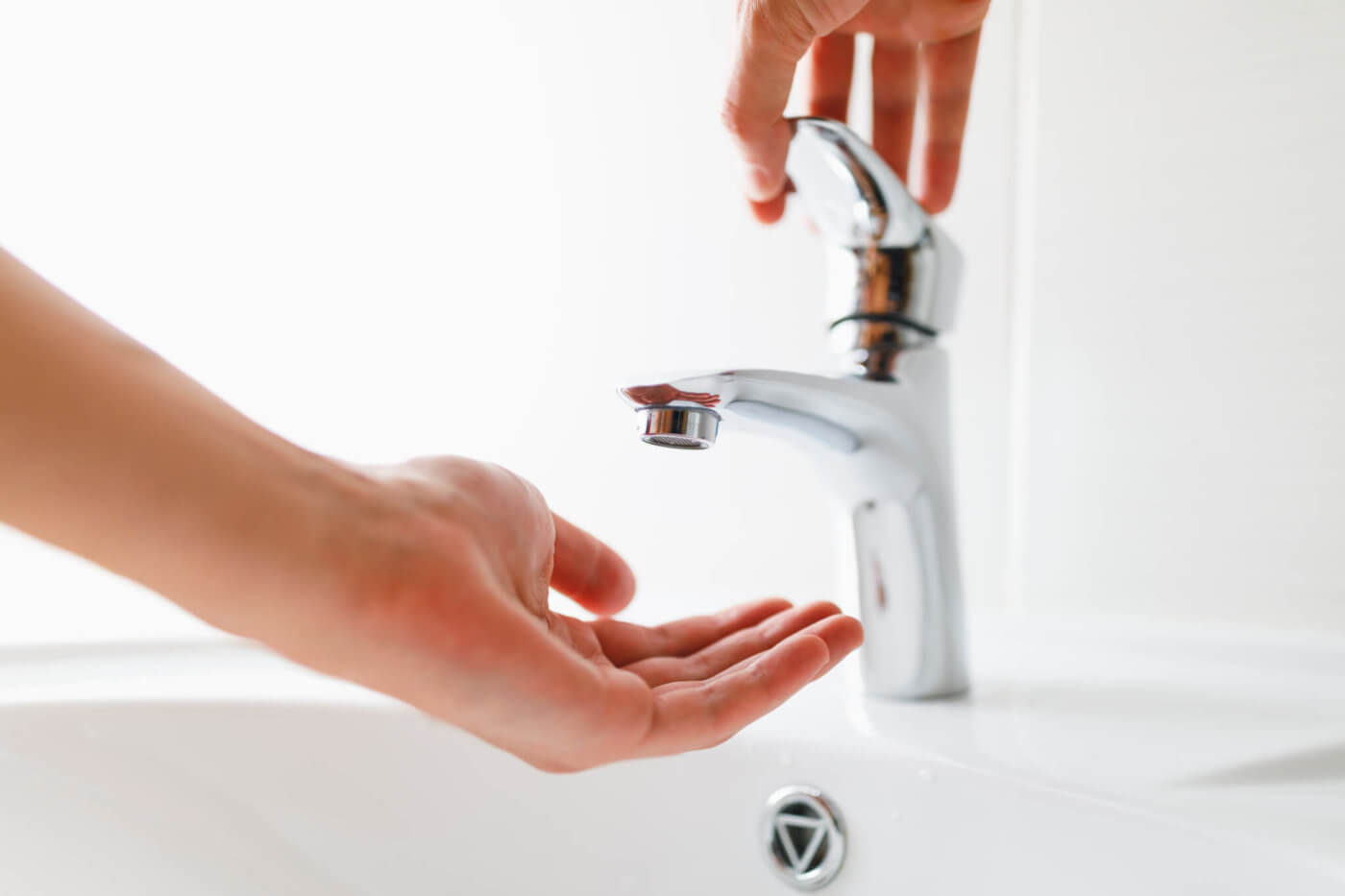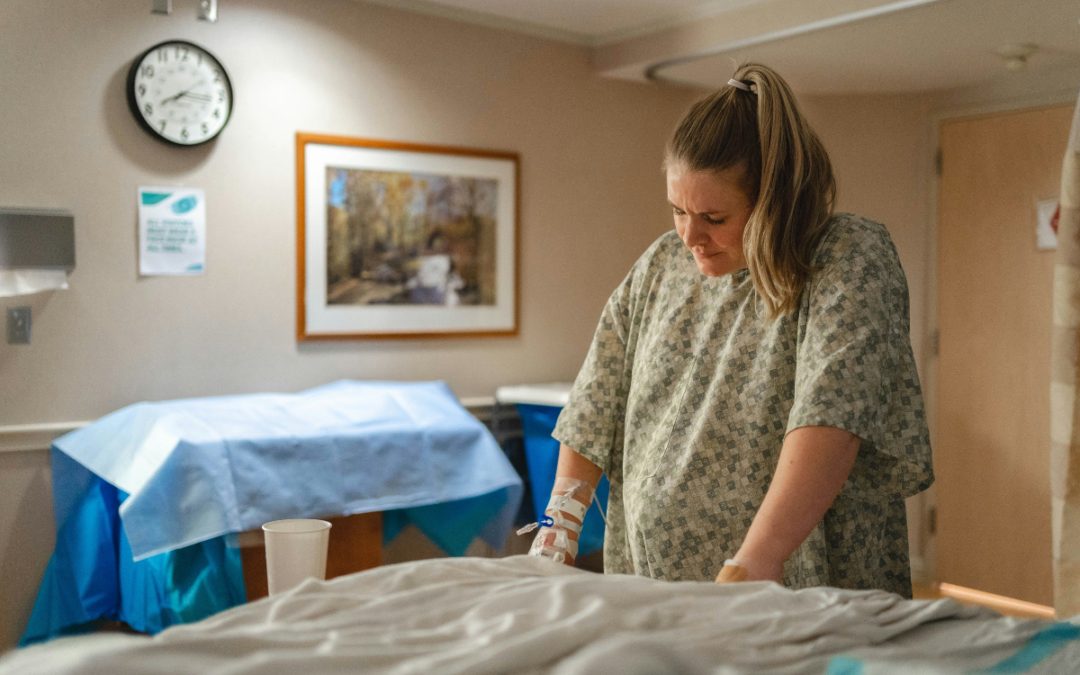
Image via Shutterstock
A water main break—the culprit of pipes installed in the 1950s—brings Virginia’s water infrastructure issues to the forefront.
Update: On Oct. 18, Chatham Mayor Will Pace and members of the Chatham Town Council announced a $3.3 million grant from the Virginia Department of Health’s Office of Drinking Water. The funds came from American Rescue Plan Act funding. The funds will help make improvements to Chatham’s water infrastructure.
“I am thrilled to announce this great news for our community,” Pace said. “These funds will be used to make improvements to our existing water infrastructure and replacing aging waterlines, something that our community really needs. I want to thank everyone on the Chatham Town Council and our entire town staff including Town Manager Richard Cocke and Town Treasurer Kelly Hawker for their work in helping us obtain this much needed grant. I especially want to thank Bernard Proctor and Jeff Wells from the Virginia Department of Health for their assistance in helping Chatham to obtain this grant.”
Original article:
CHATHAM—It was a Memorial Day weekend many Southside residents and businesses won’t soon forget. Shortly after lunchtime on May 29, some people in the Town of Chatham began noticing low water pressure.
By the early evening hours on Saturday, some residents had no water left in their pipes—and no estimate on when it might return. By Sunday morning, the water supply in Chatham, Tightsqueeze, and certain areas of Dry Fork had diminished. That’s when Jose Diaz knew something wasn’t right.
“My mom called me, like, ‘Hey, the water’s coming out very, very low,’” Diaz said. “And I was like, ‘Oh, okay.’”
After reaching out to several different people, Diaz discovered the cause of the low pressure: a water main had burst somewhere within Chatham’s town limits. The text message from his girlfriend’s uncle read, in part, “So, in those unfortunate events, there’s no water at the moment.”
May’s water main break marked the fourth such occurrence over the span of about seven months in Chatham. One pipe broke in October 2020 and two more breaks happened in February, one of which included a boil water notice for approximately one week.
Since May, a handful of smaller water infrastructure breaks have occurred in the town, impacting select neighborhoods. Tim Hammell, Inframark’s operations manager in Chatham, blamed the town’s aging infrastructure for the four water main breaks over the seven-month period.
“[The pipes] definitely go back to the [1950s] at least,” Hammell said. “Some of them may be older than that.”
Increased investment in water infrastructure is an issue the US Water Alliance started advocating for in 2015. They are one of a number of water advocacy groups who have thrown their support behind President Joe Biden’s proposed Infrastructure Investment and Jobs Act. The legislation, which passed the US Senate in August with bipartisan support, includes a historic investment of $55 billion in clean drinking water spent over five years.
When the bill was first introduced in March, the US Water Alliance released a statement applauding the move: “It is heartening to see water be prominently featured in the plan after years of water infrastructure being out of sight and out of mind.”
The plan proposes a replacement of all of the nation’s lead pipes and service lines. From rural towns to struggling cities, the deal invests in water infrastructure across America, including in Tribal Nations and disadvantaged communities that need it most.
“This legislation would be truly transformative,” Virginia Congresswoman Abigail Spanberger said this week, “and I believe in its ability to have a game-changing impact on the central Virginia economy.”
Finding the Chatham Water Break
Between 1:30 and 2 p.m. on May 29, Inframark employees went out in search of the Chatham water main break. Inframark is an independent, American-owned company specializing in water infrastructure operations and infrastructure management services.
Hammell, the water company’s operations manager in Chatham, said they knew quickly that the leak would be in the woods.
“Normally, the first thing I would do would be drive around and look for water where you wouldn’t expect to see it—water coming across the street or across the road, water going down a gutter someplace,” Hammell said. “But we didn’t see any of that, which told me it was in a wooded area. There are a couple of wooded areas that we know where the line runs.”
Not in a residential area, the leak took time to find.
“We even had the town police and a couple council members and the mayor driving around to try to help us find this leak,” Hammell said.
The team searched for the location of the break for several hours, finally spotting the culprit at around 6:15 p.m. according to a timeline released by Chatham Town Council member Matt Bell. The break, located approximately six feet underwater near Cherrystone Creek, caused a small fountain-like effect between Columbia Forest Products and the town’s water plant.
“We finally traced it back to almost the water plant,” Hammell said. “So it was kind of a swampy, wooded area across the street from the water plant.”
At around 7 p.m., the water plant shut down, stopping the water-flow. Crews measured a footlong crack in the pipe, which produced 1,000 gallons of water spillage per minute.
Water returned to most town residents Sunday night, after area water tanks refilled. Hammell confirmed that by the following Tuesday morning, all impacted residents had water services restored. A boil water notice also went into effect for nearly a week.
Earlier that day, community members from within town limits—and all the way from Danville—rallied together to help.
“It’s a great little town,” Hammell said. “Everybody helps each other.”
Town firefighters, community leaders and neighbors gathered together in the former Old Dutch grocery store parking lot at 10:30 a.m., now home to Bella Casa Pizza and Italian Restaurant, to help community members manage the crisis.
“The community response following the water main break was incredible. We had God’s Pit Crew giving out bottled water and the Chatham Fire Department provided non-potable water and bottled water. Neighbors were checking on neighbors to be sure they were okay,” Bell said at the time. “Water is extremely important and affects every facet of life. So to have people looking out for each other, it truly speaks to how this community rallies to support one another.”
An Infrastructure Issue
The water main break impacted residents in a limited geographical area in late May and early June. However, up to 10 million American households and 400,000 schools and childcare centers regularly lack safe drinking water. The bipartisan infrastructure bill would dedicate funding to replace lead service lines and the dangerous chemical PFAS (per- and polyfluoroalkyl substances).
According to the 2021 Report Card for America’s Infrastructure, drinking water needs in Virginia are an estimated $8.1 billion. But the water issues don’t end there. The report also found that 356 dams had a high-hazard potential, out of Virginia’s more than 2,900 dams.
In plainer terms, that means water infrastructure is in dire need of an update.
In July, Virginia Sen. Mark Warner—who authored and negotiated the bipartisan infrastructure bill—took the Senate floor, highlighting how communities across Virginia could benefit from the bill. For Southwest Virginia, his remarks centered around water infrastructure.
“Across Southwest Virginia, and for that matter, across all of Virginia, we still have families in far Southwest that don’t have access to clean drinking water on a regular basis, that still have to sometimes haul their water in the back of a pickup truck up to some cistern; they don’t have access to clean drinking water in 2021,” Warner said. “Well, $55 billion will go to water projects in this legislation, and whether they be accessed through clean drinking water on a regular basis, or whether it be taking out the lead pipes that haunt too many of our urban communities, or the storm and sewer systems that are frankly, in some cases, 60, 70, 80 years old and simply wearing out, we can make that investment as well.”
Amie Knowles reports for The Dogwood. You can reach her at [email protected].
Politics

It’s official: Your boss has to give you time off to recover from childbirth or get an abortion
Originally published by The 19th In what could be a groundbreaking shift in American workplaces, most employees across the country will now have...

Trump says he’s pro-worker. His record says otherwise.
During his time on the campaign trail, Donald Trump has sought to refashion his record and image as being a pro-worker candidate—one that wants to...
Local News

Virginia verses: Celebrating 5 poetic icons for National Poetry Month
There’s no shortage of great writers when it comes to our commonwealth. From the haunting verses of Edgar Allan Poe, who found solace in Richmond's...

Join the fun: Recapping Family Literacy Night’s storybook adventures
When’s the last time you read a book aloud with a loved one? If it’s difficult to answer that question, then maybe it’s time to dust off that TBR...





